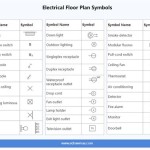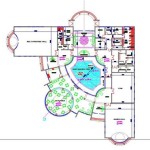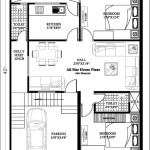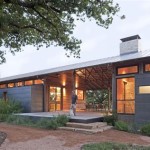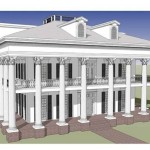Sears Roebuck House Plans: A Window into Early 20th Century American Architecture
In 1906, the Sears Roebuck & Co. catalog, already a behemoth of mail-order consumerism, introduced a new section: "Modern Homes." This marked the beginning of a landmark period in American housing history, as Sears, known for its diverse catalog offerings, began selling pre-designed and pre-cut house plans. These plans, often accompanied by detailed instructions, provided a revolutionary way for Americans, particularly those in rural areas, to build their own homes. The impact of Sears Roebuck House Plans during the early 20th century was significant, contributing to the rapid growth of American suburbs and leaving a lasting legacy on the architectural landscape. This article explores the fascinating story of Sears Roebuck House Plans, examining their historical context, key features, and lasting impact.
The Rise of Sears Roebuck House Plans: A Response to Growing Demand
The early 20th century witnessed a surge in American urbanization. The Industrial Revolution, coupled with advancements in transportation, fueled a migration from rural areas to cities. This led to a housing shortage, especially for working-class families. While traditional methods of house construction remained, they were often expensive and time-consuming. Sears Roebuck, with its vast network of distribution and innovative marketing strategies, saw an opportunity to meet this growing demand.
Sears' catalog offered a wide range of house plans, designed to cater to different budgets and tastes, from modest bungalows to more elaborate Victorian-style homes. The plans included detailed blueprints, specifications for materials, and even instructions on how to construct the houses. This comprehensive approach made home building accessible to a wider audience, empowering individuals to build their own homes with relative ease. The plans provided a pre-determined blueprint, allowing builders to order the pre-cut lumber and other materials directly from Sears. This system not only simplified construction but also reduced costs, making homeownership more attainable.
Key Features of Sears Roebuck House Plans: Simplicity, Affordability, and Style
Sears Roebuck House Plans were characterized by several key features that contributed to their success:
Simplicity and Affordability
Sears' plans were designed for ease of construction. The pre-cut lumber and standardized components allowed for quick assembly. The company also offered a wide range of affordable options, with prices ranging from a few hundred dollars to several thousand. This affordability was crucial, particularly for families with limited financial resources.
Architectural Choices
Sears offered a variety of architectural styles, reflecting the popular trends of the time. These included bungalows, Craftsman homes, Colonial Revivals, and even some Victorian-inspired designs. The company's catalog showcased detailed illustrations and descriptions of each plan, allowing customers to visualize their future homes and choose a style that best suited their preferences.
Customization
While Sears provided pre-designed plans, customers could customize their chosen plans to a certain extent. They could modify the layout, select different exterior materials, and even choose their own paint colors. This flexibility allowed for greater personalization, ensuring that each home was unique, even if it was built from a pre-designed plan.
Enduring Legacy: Shaping the American Landscape
Sears Roebuck House Plans left an indelible mark on the American landscape. Their widespread popularity led to the construction of hundreds of thousands of homes across the country. This contributed to the rapid growth of suburbs and the proliferation of specific architectural styles, particularly the bungalow, which became synonymous with early 20th-century American residential architecture. The ease and affordability of building from Sears plans also made homeownership more accessible to a wider range of Americans, shaping the social and economic fabric of the nation.
The impact of Sears Roebuck House Plans extends beyond their architectural contribution. These pre-fabricated homes became a symbol of the American dream, offering a path toward homeownership for families of diverse backgrounds. Their design, construction, and availability have played a significant role in shaping the visual fabric of many American communities, leaving a lasting legacy on the architectural landscape.

Tudor Style Kit Homes Houses 1906 1940 Recent Past Revealed Vintage House Plans How To Plan

Sears Homes 1908 1940 Myworldweb

Seraco Paints 1906 Sears Roebuck Co Free Borrow And Streaming Internet Archive In 2024

I Just Ordered A Sears Roebuck Catalog Home Riverside Brookfield Landmark

Houses By Mail Catalog Homes In Morris County

Standard Oil S Company Housing In Wood River Illinois Madison Historical

The Sears Mail Order Homes One Of First Lines Do It Yourself House Kits Produced From 1906 To 1940 Vintage News

Sears Modern Homes Mchenry County Historical Society And Museum

Vintage Mail Order Houses That Came From Sears Catalogs 1910s 1940s Rare Historical Photos

Some Assembly Required

